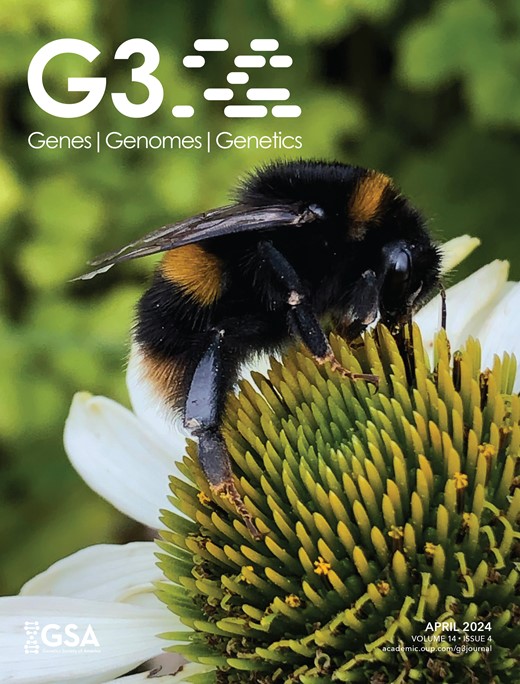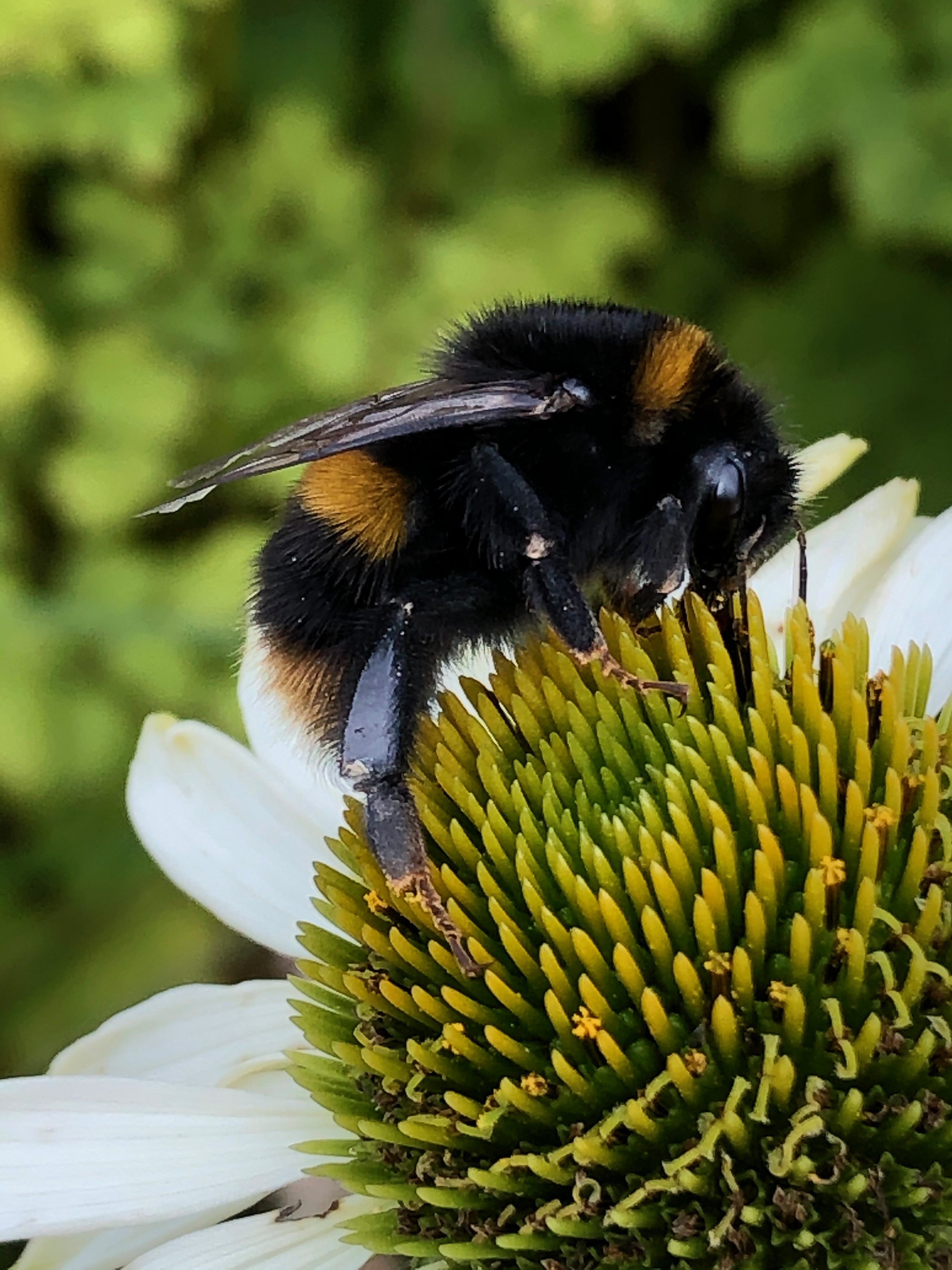
Cover image

Volume 14, Issue 4, April 2024
Call for Papers
Opportunities and challenges for Genomic Data Analyses in Biobanks: a call for papers
Investigation
Relatedness coefficients and their applications for triplets and quartets of genetic markers
The unusual predominance of maintenance DNA methylation in Spirodela polyrhiza
Duckweeds are among the fastest reproducing plants on the planet. One species, Spirodela polyrhiza, has lost key genes involved in de novo methylation of DNA at sites often associated with repetitive DNA, and within genes. However symmetrical DNA methylation and heterochromatin is maintained.
Genomic insights into the evolution and adaptation of secondary metabolite gene clusters in fungicolous species Cladobotryum mycophilum ATHUM6906
Profiling the compendium of changes in Saccharomyces cerevisiae due to mutations that alter availability of the main methyl donor S-Adenosylmethionine
High-density genetic linkage mapping in Sitka spruce advances the integration of genomic resources in conifers
Whole-genome sequencing and comparative genomic analyses of the medicinal fungus Sanguinoderma infundibulare in Ganodermataceae
Genetic variation for sexual dimorphism in developmental traits in Drosophila melanogaster
The unfolded protein response of the endoplasmic reticulum protects Caenorhabditis elegans against DNA damage caused by stalled replication forks
Friend turned foe: selfish behavior of a spontaneously arising mitochondrial deletion in an experimentally evolved Caenorhabditis elegans population
Detecting genetic effects on phenotype variability to capture gene-by-environment interactions: a systematic method comparison
GWAS supported by computer vision identifies large numbers of candidate regulators of in planta regeneration in Populus trichocarpa
Nagle et al. explored the genetic basis of plant regeneration, an essential aspect of plant propagation and transgenic plant production, by conducting a genome-wide association study (GWAS) of callus and shoot regeneration in the model tree Populus trichocarpa. To enable large-scale phenotyping of developing tissues during regeneration, the authors employed a novel computer vision system. They identified over 200 candidate genes involved in key processes including cell adhesion, stress signaling, and hormonal pathways, offering potential strategies for advancing biotechnology in difficult-to-regenerate plants.
The haplolethal gene wupA of Drosophila exhibits potential as a target for an X-poisoning gene drive
An efficient and robust ABC approach to infer the rate and strength of adaptation
Lysine-36 of Drosophila histone H3.3 supports adult longevity
A k-mer-based bulked segregant analysis approach to map seed traits in unphased heterozygous potato genomes
Linkage mapping of root shape traits in two carrot populations
Enhancing grapevine breeding efficiency through genomic prediction and selection index
Multienvironment genomic prediction in tetraploid potato
Wilson et al. combined information across trials and applied genomic prediction to tetraploid potato, while evaluating different modelling strategies and application scenarios.
Genome Report
Genome report: chromosome-scale genome assembly of the West Indian fruit fly Anastrepha obliqua (Diptera: Tephritidae)
Genome assembly and annotation of the mermithid nematode Mermis nigrescens
Chromosome-level assembly of the gray fox (Urocyon cinereoargenteus) confirms the basal loss of PRDM9 in Canidae
Reference genome assemblies have been created from multiple lineages within the Canidae family, however, despite its phylogenetic relevance as a basal genus within the clade, there is currently no reference genome for the gray fox (Urocyon cinereoargenteus). Here, Armstrong et al. present a chromosome-level assembly for the gray fox (U. cinereoargenteus), which represents the most contiguous, non-domestic canid reference genome available to date, with 90% of the genome contained in just 34 scaffolds and a contig N50 and scaffold N50 of 59.4 and 72.9 Megabases (Mb), respectively. Repeat analyses identified an increased number of simple repeats relative to other canids. Based on mitochondrial DNA, our Vermont sample clusters with other gray fox samples from the northeastern US and contains slightly lower levels of heterozygosity than gray foxes on the west coast of California. This new assembly lays the groundwork for future studies to describe past and present population dynamics, including the delineation of evolutionarily significant units of management relevance. Importantly, the phylogenetic position of Urocyon allows us to verify the loss of prdm9 functionality in the basal canid lineage, confirming that pseudogenization occurred at least 10 million years ago.


